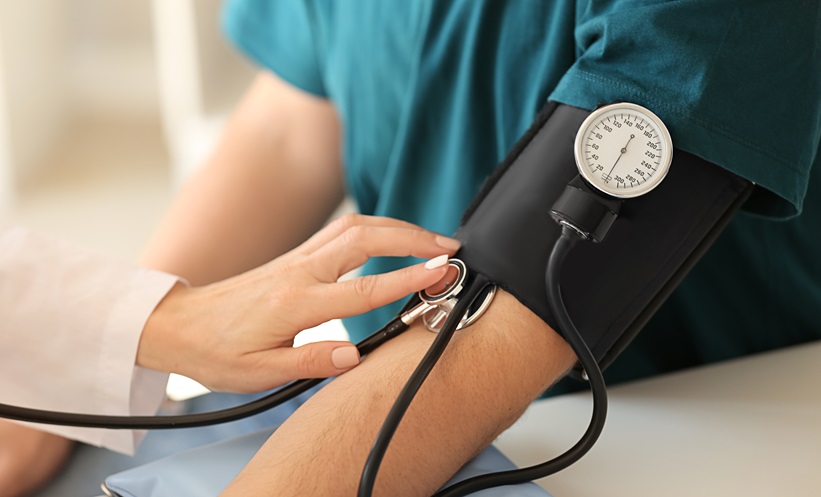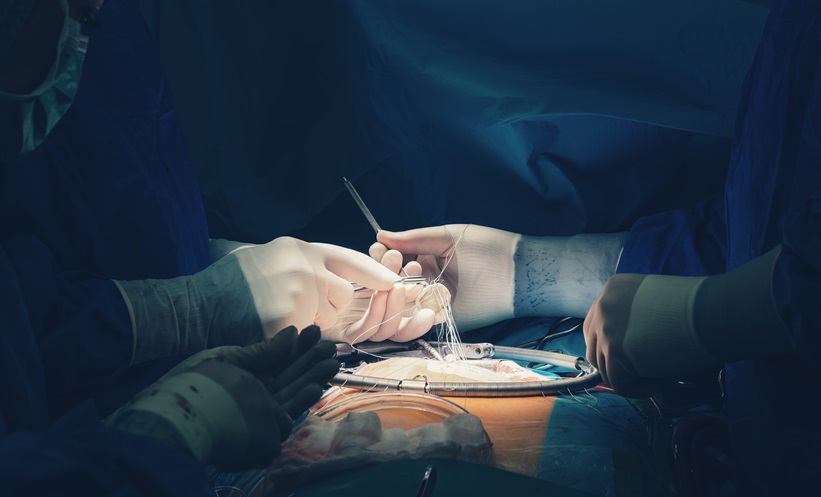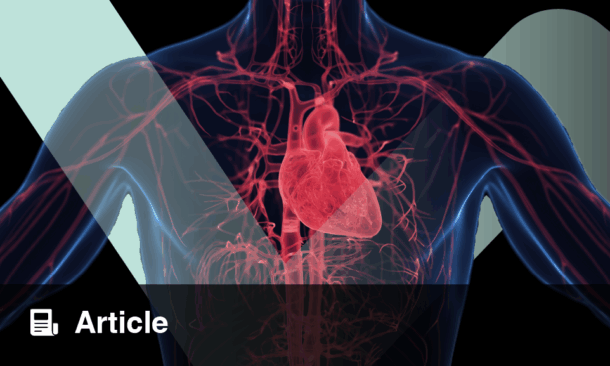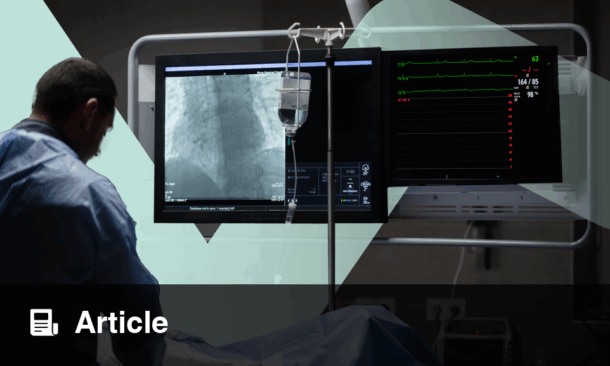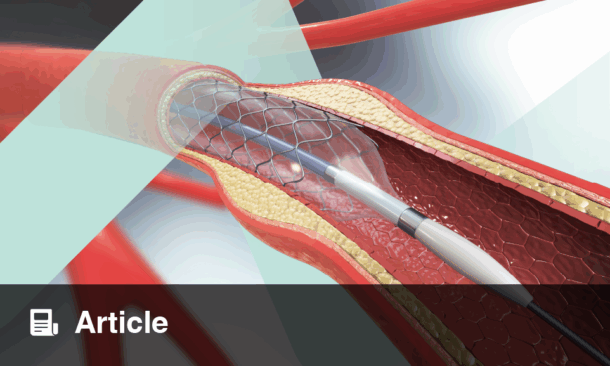Arnold Seto | Division of Cardiology, Long Beach Veterans Administration Healthcare System, California; Clinical Professor, Charles R. Drew University of Medicine and Science, California; Associate Clinical Professor, University of California, Irvine; Treasurer and Executive Committee Member, Society for Cardiovascular Angiography and Interventions (SCAI), USA
Citation: EMJ Int Cardiol. 2025;13[1]:60-67. https://doi.org/10.33590/emjintcardiol/HVDJ4077
![]()
EMJ spoke with Arnold Seto, a leading interventional cardiologist, to discuss innovations in vascular access, procedural safety, and the unique challenges of delivering high-quality cardiovascular care to U.S. veterans.
As a cardiologist treating veterans at the Veterans Administration (VA) Long Beach Healthcare System, can you describe the unique challenges and considerations in caring for this patient population, and highlight some of the specialised cardiology programmes and services available to veterans at this facility?
There has always been a consensus that the U.S. government had a moral and financial obligation to take care of veterans. Being able to work with the veteran population is the reason most physicians work for the VA. The veterans who are within the VA system consistently rate it highly.1 Even thought we need to ensure veterans have access to community care for things that we can’t take care of, no one else can provide for the comprehensive social, mental health, and medical needs of veterans with complex health needs, let alone the housing, disability, and drug treatment that the VA also provides.
Patients and their families sometimes get the impression that the VA provides minimal or lower quality care, or that the providers are somehow substandard. I have had people (patients and staff) ask me why I work for the VA when I went to Harvard Medical School (Boston, Massachusetts, USA) and could work almost anywhere in the country. The reality is that I have the best equipment available (for instance, the ProtegoTM radiation protection system [Image Diagnostics Inc., Fitchburg, Massachusetts, USA] and AlluraClarity [Philips, Andover, Massachusetts, USA]), while my university hospital had 15-year-old catheterisation laboratories that regularly dose patients with over 3 Gy of radiation. I have access to the latest devices without worrying about delays in reimbursement, such as the AgentTM drug-coated balloon (Boston Scientific, Marlborough, Massachusetts, USA) and Recor Medical renal denervation equipment (Recor Medical, Palp Alto, California, USA). Our catheterisation laboratory staff are experienced and worked in the community for years before joining the VA. I am sure that all of my patients are getting the best care available, in a timely fashion, and if we can’t provide it, I know I can send them out to someone who can.
We have national pacemaker device tracking with remote monitoring, which is a high-quality intervention; we have heart failure clinics that provide longitudinal care and reduce rehospitalisations; and we have our own national catheterisation laboratory database, CART-CL, which is tied into hospitalisation and mortality statistics for monitoring. Almost every systems-based intervention for improving health care quality is present in at least some VA facilities.
Your work has largely focused on cardiac procedural safety, including your work as lead investigator for the Femoral Arterial Access With Ultrasound Trial (FAUST), which demonstrated that ultrasound guidance improves safety and efficiency in vascular access procedures. What emerging technologies or techniques could further improve the safety and efficiency for both radial and femoral approaches?
Despite over 30 years of vascular access research and relative maturity in the field, there remain opportunities for improvement. Sometimes, the simplest interventions have the greatest potential, as they tend to be less expensive. I personally think that the StatSeal potassium-ferrate hemostatic patch (Biolife, LLC., Sarasota, Florida, USA) is a potential game-changer for vascular access. We’ve had other haemostatic patches with chitosan, kaolin, or other materials, but this one is qualitatively different, as it does not attempt to work through the coagulation cascade and forms a strong seal over the arteriotomy. This is helpful in rapidly providing haemostasis. As our STAT2 and STAT II3 trials have demonstrated, using the StatSeal in radial access can improve the safety and efficiency of our procedures by providing consistent 1-hour haemostasis. I am convinced that the StatSeal would probably perform well in other applications, such as femoral access, especially in large-bore venous access and post-Perclose (Abbott, Chicago, Illinois, USA) groin oozes.
Another technology I am intrigued by is the Early Bird® femoral sheath (Saranas, Inc., Houston, Texas, USA) that can detect occult femoral artery bleeding.
From a technique perspective, I think that ultrasound can be more optimally used in femoral access, by utilising both the longitudinal and axial views before and after access. This would enable ultrasound to precisely image the femoral head, inguinal ligament, bifurcation, and femoral insertion location. Not only would this potentially enable more precise punctures, but it could also eliminate the need for contrast femoral angiography. With the newer radiation protection systems (such as Rampart [Rampart ic, Birmingham, Alabama, USA] and Protego), femoral angiography is challenging to perform, and I think that ultrasound could easily replace the femoral angiogram.
What areas of interventional cardiology do you think still need improvement in terms of procedure safety?
I think that our procedures are quite safe for patients, but that there are inherent risks to invasive procedures. Softer or more gentle wires and equipment that can avoid scraping against the aorta and sending emboli to the brain are still an area for improvement.
Thanks to the leadership of James Hermiller, we at the Society for Cardiovascular Angiography and Interventions (SCAI), are focused on the occupational safety in terms of radiation exposure and orthopaedic risks of lead this year. There is a great opportunity here to reduce the burden of radiation and the lead garments we use to protect ourselves from it. I have been very impressed with the radiation reductions I have experienced with modern fluoroscopic equipment compared with older machines, and am astounded by the new lead-free Protego system in our lab. These improvements needed to be built upon to improve the safety for our patients and ourselves.
A major concern I have in terms of procedure safety is that some organisations take a good patient safety idea and then take it too far, in the absence of demonstrated risk, or evidence of benefit of an intervention. We, like many catheterisation laboratories, have been increasingly held to operating room standards from the Association of perioperative Registered Nurses (AORN), who understandably want to reduce operating room infections. However, when AORN requires ‘any visible hair’ to be covered and shoe covers to be used; it really goes too far in the absence of evidence of risk of infection. Similarly, we are all subject to anaesthesia requirements for patients to be nil per os (NPO) for hours, even when multiple studies have shown that the risk of aspiration is low in cardiac catheterisation procedures, and an NPO requirement increases the risk of dehydration, and potentially contrast nephropathy.
You recently published a commentary entitled, ‘Closing the loop in cath lab communication: avoiding the tower of babble’. Can you discuss how laboratories can overcome the challenges of maintaining high levels of closed-loop communication (CLC) beyond initial education and training efforts, particularly in hybrid operating room environments with multidisciplinary teams?
CLC is probably one of the most demonstrably beneficial tools in reducing communication errors. It simply requires the recipient to repeat what verbal request/order they heard, and preferably to repeat it again when the task is completed. CLC is required in air traffic communications and all military radio communications to avoid the risks of miscommunication that everyone can recognise from the old game of ‘Telephone’. As there are only verbal orders in the catheterisation laboratory environment, the risks and immediate consequences of misunderstandings can be quite acute, as the examples from a paper by AJ Doorey et al.4 demonstrate.
The challenges of maintaining high levels of CLC in the catheterisation laboratory include:
- lack of training in CLC: most staff are not former military or aviation experts where CLC is standardised;
- lack of accountability for non-standard communication: airline pilots who don’t call-back an order are assumed to have missed it;
- catheterisation laboratory staff turnover and variability (especially with anaesthesia and surgeons present);
- Routinisation: ironically, the converse of overfamiliarity of the staff with each other, the physician, or the work may become a risk when uncommon/atypical situations or orders arise;
- latent risks, including time pressures and financial pressures; and
- distractions, such as the presence of trainees and vendors, noise, or cell phones.
Overcoming these challenges requires making CLC part of the communication culture of the catheterisation laboratory, including providing training in how it is performed, holding people accountable for when it is not used (e.g. operator repeats an order when it was not read back, or staff are re-educated/counselled if they repeatedly fail to use CLC), and practicing in simulated situations (as in emergency drills). Latent risks have to be addressed individually, for example distractions can be minimised by limiting the number of people in the catheterisation laboratory. Physicians have just as much responsibility for CLC as staff members; for example, they need to acknowledge they have received information such as activated clotting time results or warnings when the activated clotting time is due, or when the ECG/pressure waveforms have changed. Everyone needs to be focused on the patient during procedures, so we have banned personal cell phone use in the catheterisation laboratory, and mostly avoid extraneous conversations during critical parts of the procedure.
As SCAI Treasurer and Executive Committee Member, what key research areas or clinical trials is SCAI particularly focused on supporting to advance the field?
SCAI has only recently developed the capacity to directly support clinical research via the SCAI Early Career Research Grant, through the vision and leadership of our past-President, Sunil Rao. These three 50,000 USD one-time grants are sponsored by our industry partners, and support clinical research in coronary, structural, and peripheral vascular interventions. SCAI does not specifically focus on supporting one particular area, and we invite proposals within any of these fields. The proposal review process is blinded, collaborative, and as fair as I could possibly imagine. I have been happy to participate as a reviewer in multiple cycles.
With over 200 peer-reviewed publications, and 20 book chapters, what do you consider your most significant research contribution to the field of interventional cardiology?
I think that I would look back and still focus on the FAUST trial5 as my most significant research contribution. Despite interventional cardiologists invariably having high confidence in their skills in vascular access, what they were really doing was puncturing a large femoral artery blindly, anticoagulating patients, and hoping for the best in terms of bleeding. By 2008, when we conducted the study, ultrasound-guided access was already the standard for central venous access and frequently used for arterial access by interventional radiologists and vascular surgeons. So, in that respect, we had strong suspicions that our trial would work out, and it became just a matter of someone taking the time and effort to conduct the study. We were able to perform this without any research funding, and just based on the hard work and dedication of our team.
Some of the best clinical research in my mind addresses practical problems in the catheterisation laboratory. When I look back, if there is a theme of my research, it has been to try and resolve day-to-day issues, such as patient safety and catheterisation laboratory efficiency. Along with research, I was very involved in SCAI society statements on the length of stay after percutaneous coronary intervention and percutaneous coronary intervention at non-cardiac surgery hospitals. Many people have many more papers than I have, but when I consider what changes have been made in practice from our teams’ studies or our SCAI consensus documents, I feel like I have made an impact on how we practice interventional cardiology.


